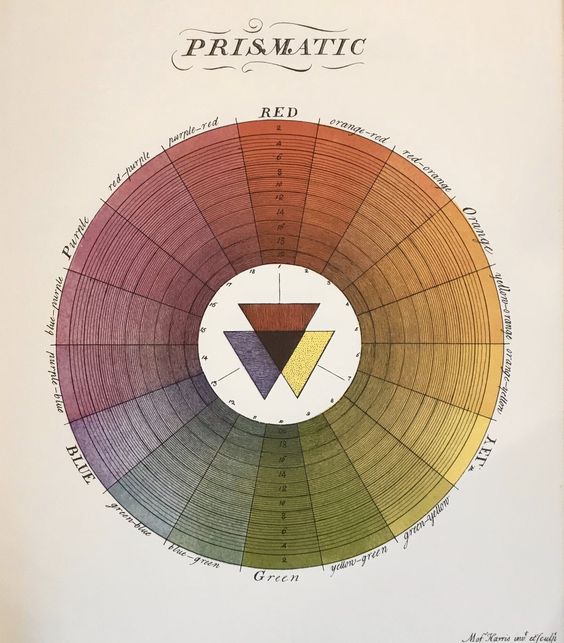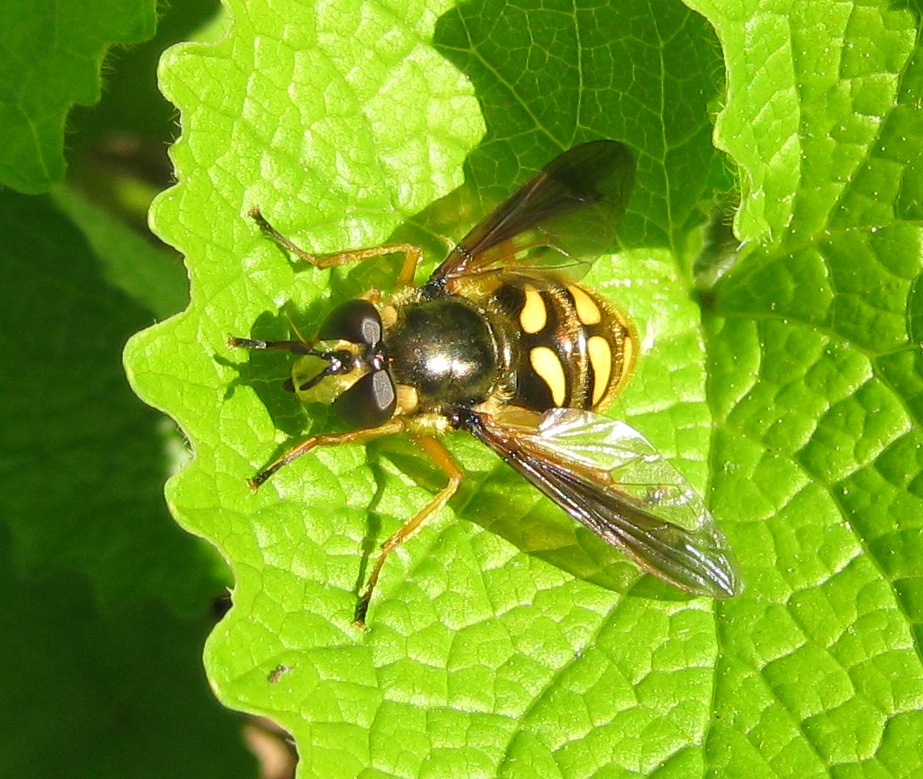|
Pocota Personata
''Pocota personata'' is a species of European hover fly. Distribution England England is a country that is part of the United Kingdom. It shares land borders with Wales to its west and Scotland to its north. The Irish Sea lies northwest and the Celtic Sea to the southwest. It is separated from continental Europe b .... References Diptera of Europe Milesiini Insects described in 1780 Taxa named by Moses Harris {{Milesiini-stub ... [...More Info...] [...Related Items...] OR: [Wikipedia] [Google] [Baidu] |
Moses Harris
Moses Harris (15 April 1730 – 1787) was an English entomologist and engraver. Life and work Harris was encouraged in entomology from a young age by his uncle, a member of the Society of the Aurelians. In 1762 he became secretary of a second Society of Aurelians. He was a skilled artist, displaying some of his insect drawings at the Royal Academy in 1785. He drew and engraved illustrations for books including Dru Drury's ''Illustrations of Natural History'' (3 volumes, 1770–1782) and John Coakley Lettsom's ''The Naturalist's and Traveller's Companion'' (1772). Colour theory In "The Natural System of Colours" published in 1766, Harris discussed the multitude of colours that can be created using three "grand or principle" colours: red, yellow and blue. As a naturalist and an engraver, Harris focussed on the relationships between colours and how they are coded and created. He explained how three colours can be íntermixed, tinted and shaded to create 660 colours "materially ... [...More Info...] [...Related Items...] OR: [Wikipedia] [Google] [Baidu] |
Franz Von Paula Schrank
Franz von Paula Schrank (21 August 1747, in Vornbach – 22 December 1835) was a German priest, botanist and entomologist. He was ordained as a priest in Vienna in 1784, gaining his doctorate in theology two years later. In 1786 he was named chair of mathematics and physics at the lyceum in Amberg, and in 1784 became a professor of botany and zoology at the University of Ingolstadt (later removed to Landshut). at Catholic Encyclopedia Schrank was the first director of the botanical gardens in from 1809 to 1832. Schrank was the first author to use the name '' |
Johann Wilhelm Meigen
Johann Wilhelm Meigen (3 May 1764 – 11 July 1845) was a German entomologist famous for his pioneering work on Diptera. Life Early years Meigen was born in Solingen, the fifth of eight children of Johann Clemens Meigen and Sibylla Margaretha Bick. His parents, though not poor, were not wealthy either. They ran a small shop in Solingen. His paternal grandparents, however, owned an estate and hamlet with twenty houses. Adding to the rental income, Meigen's grandfather was a farmer and a guild mastercutler in Solingen. Two years after Meigen was born, his grandparents died and his parents moved to the family estate. This was already heavily indebted by the Seven Years' War, then bad crops and rash speculations forced the sale of the farm and the family moved back to Solingen. Meigen attended the town school but only for a short time. He had learned to read and write on his grandfather's estate and he read widely at home as well as taking an interest in natural history. A lodge ... [...More Info...] [...Related Items...] OR: [Wikipedia] [Google] [Baidu] |
Species
In biology, a species is the basic unit of classification and a taxonomic rank of an organism, as well as a unit of biodiversity. A species is often defined as the largest group of organisms in which any two individuals of the appropriate sexes or mating types can produce fertile offspring, typically by sexual reproduction. Other ways of defining species include their karyotype, DNA sequence, morphology, behaviour or ecological niche. In addition, paleontologists use the concept of the chronospecies since fossil reproduction cannot be examined. The most recent rigorous estimate for the total number of species of eukaryotes is between 8 and 8.7 million. However, only about 14% of these had been described by 2011. All species (except viruses) are given a two-part name, a "binomial". The first part of a binomial is the genus to which the species belongs. The second part is called the specific name or the specific epithet (in botanical nomenclature, also sometimes i ... [...More Info...] [...Related Items...] OR: [Wikipedia] [Google] [Baidu] |
Europe
Europe is a large peninsula conventionally considered a continent in its own right because of its great physical size and the weight of its history and traditions. Europe is also considered a Continent#Subcontinents, subcontinent of Eurasia and it is located entirely in the Northern Hemisphere and mostly in the Eastern Hemisphere. Comprising the westernmost peninsulas of Eurasia, it shares the continental landmass of Afro-Eurasia with both Africa and Asia. It is bordered by the Arctic Ocean to the north, the Atlantic Ocean to the west, the Mediterranean Sea to the south and Asia to the east. Europe is commonly considered to be Boundaries between the continents of Earth#Asia and Europe, separated from Asia by the drainage divide, watershed of the Ural Mountains, the Ural (river), Ural River, the Caspian Sea, the Greater Caucasus, the Black Sea and the waterways of the Turkish Straits. "Europe" (pp. 68–69); "Asia" (pp. 90–91): "A commonly accepted division between Asia and E ... [...More Info...] [...Related Items...] OR: [Wikipedia] [Google] [Baidu] |
Hover Fly
Hover flies, also called flower flies or syrphid flies, make up the insect family Syrphidae. As their common name suggests, they are often seen hovering or nectaring at flowers; the adults of many species feed mainly on nectar and pollen, while the larvae (maggots) eat a wide range of foods. In some species, the larvae are saprotrophs, eating decaying plant and animal matter in the soil or in ponds and streams. In other species, the larvae are insectivores and prey on aphids, thrips, and other plant-sucking insects. Insects such as aphids are considered a crop pest, and therefore the aphid-eating larvae of some hover flies serve as an economically (as well as ecologically) important predator and even potential agents for use in biological control, while the adults may be pollinators. About 6,000 species in 200 genera have been described. Hover flies are common throughout the world and can be found on all continents except Antarctica. Hover flies are harmless to most mammals, th ... [...More Info...] [...Related Items...] OR: [Wikipedia] [Google] [Baidu] |
England
England is a country that is part of the United Kingdom. It shares land borders with Wales to its west and Scotland to its north. The Irish Sea lies northwest and the Celtic Sea to the southwest. It is separated from continental Europe by the North Sea to the east and the English Channel to the south. The country covers five-eighths of the island of Great Britain, which lies in the North Atlantic, and includes over 100 smaller islands, such as the Isles of Scilly and the Isle of Wight. The area now called England was first inhabited by modern humans during the Upper Paleolithic period, but takes its name from the Angles, a Germanic tribe deriving its name from the Anglia peninsula, who settled during the 5th and 6th centuries. England became a unified state in the 10th century and has had a significant cultural and legal impact on the wider world since the Age of Discovery, which began during the 15th century. The English language, the Anglican Church, and Engli ... [...More Info...] [...Related Items...] OR: [Wikipedia] [Google] [Baidu] |
Diptera Of Europe
Flies are insects of the order Diptera, the name being derived from the Greek δι- ''di-'' "two", and πτερόν ''pteron'' "wing". Insects of this order use only a single pair of wings to fly, the hindwings having evolved into advanced mechanosensory organs known as halteres, which act as high-speed sensors of rotational movement and allow dipterans to perform advanced aerobatics. Diptera is a large order containing an estimated 1,000,000 species including horse-flies, crane flies, hoverflies and others, although only about 125,000 species have been described. Flies have a mobile head, with a pair of large compound eyes, and mouthparts designed for piercing and sucking (mosquitoes, black flies and robber flies), or for lapping and sucking in the other groups. Their wing arrangement gives them great maneuverability in flight, and claws and pads on their feet enable them to cling to smooth surfaces. Flies undergo complete metamorphosis; the eggs are often laid on the la ... [...More Info...] [...Related Items...] OR: [Wikipedia] [Google] [Baidu] |
Milesiini
The Milesiini (or Xylotini) is a large and diverse tribe of hoverflies. They mimic wasps or hornets. List of genera *''Aneriophora'' Stuardo & Cortes, 1952 *''Blera'' Billberg, 1820 *''Brachypalpus'' Macquart, 1834 *'' Caliprobola'' Rondani, 1845 *''Chalcosyrphus'' Curran, 1925 *''Criorhina'' Meigen, 1822 *''Cynorhinella'' Curran, 1922 *'' Deineches'' Walker, 1852 *'' Flukea'' Etcheverry, 1966 *'' Hadromyia'' Williston, 1882 *'' Hemixylota'' Shannon & Aubertin, 1933 *'' Lejota'' Rondani, 1857 *'' Lycastris'' Walker, 1857 *'' Macrometopia'' Philippi, 1865 *'' Macrozelima'' Stackelberg, 1930 *'' Malometasternum'' Shannon, 1927 *'' Matsumyia'' Shiraki, 1949 *'' Meropidia'' Hippa & Thompson, 1983 *'' Milesia'' Latreille, 1804 *'' Nepenthosyrphus'' de Meijere, 1932 *'' Odyneromyia'' Shannon & Aubertin, 1833 *''Orthoprosopa'' Macquart, 1850 *'' Palumbia'' Rondani, 1865 *'' Philippimyia'' Shannon, 1926 *''Pocota'' Lepeletier & Serville, 1828 *'' Pterallastes'' Loew ... [...More Info...] [...Related Items...] OR: [Wikipedia] [Google] [Baidu] |
Insects Described In 1780
Insects (from Latin ') are pancrustacean hexapod invertebrates of the class Insecta. They are the largest group within the arthropod phylum. Insects have a chitinous exoskeleton, a three-part body (head, thorax and abdomen), three pairs of jointed legs, compound eyes and one pair of antennae. Their blood is not totally contained in vessels; some circulates in an open cavity known as the haemocoel. Insects are the most diverse group of animals; they include more than a million described species and represent more than half of all known living organisms. The total number of extant species is estimated at between six and ten million; In: potentially over 90% of the animal life forms on Earth are insects. Insects may be found in nearly all environments, although only a small number of species reside in the oceans, which are dominated by another arthropod group, crustaceans, which recent research has indicated insects are nested within. Nearly all insects hatch from eggs. Insect ... [...More Info...] [...Related Items...] OR: [Wikipedia] [Google] [Baidu] |





_(10144905255).jpg)

